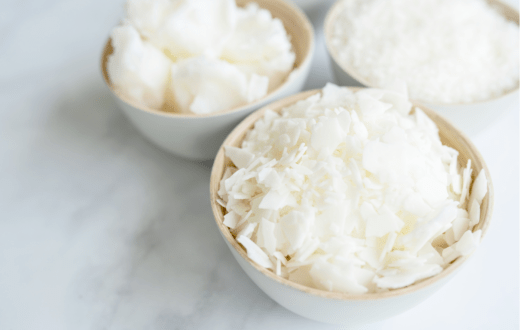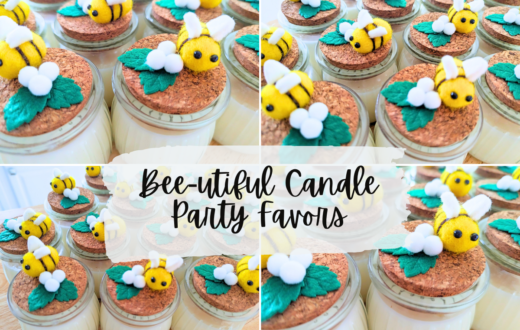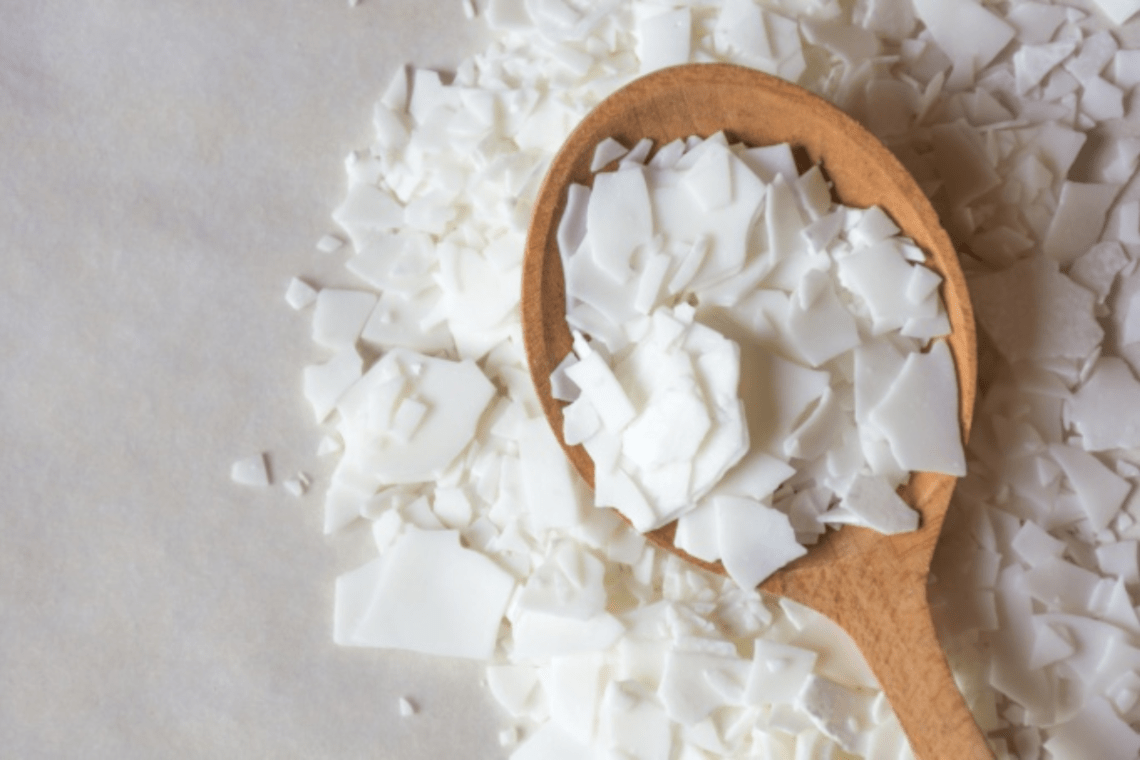
What you need to know about Coconut Wax For Candle Making
Coconut wax has gained popularity as a natural and sustainable alternative to traditional candle waxes. Derived from the meat of coconuts, this wax offers several benefits, including a clean and even burn, excellent scent throw, and a beautiful aesthetic.
If you’re looking to get into candle making as a hobby or potentially as a business, it’s important to understand the types of wax options out there. Many people purchase wax in bulk, add a wick to a container, and pour, and think that is all there is to candle making. But it is more of a science than you think. There are scent throws, fragrances, and wick widths and burn rates that all need to be taken into consideration when selecting your candle wax.
In this comprehensive guide I put together, I’ll delve into the properties of coconut wax, explore its benefits, discuss its potential drawbacks, and provide insights into when and how to use paraffin candles for the best results.
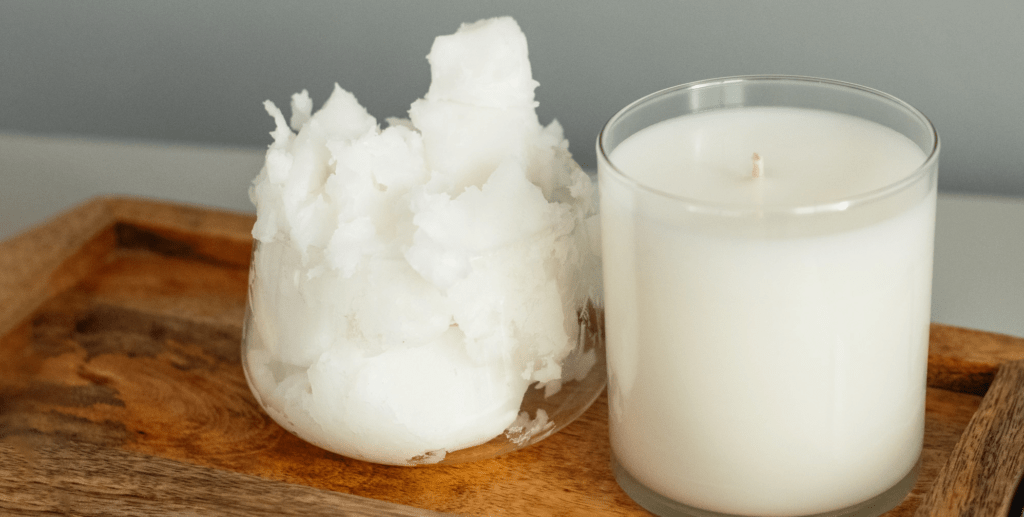
Overview of Coconut Wax
Coconut wax is a natural wax made from the meat of coconuts. It is produced by cold-pressing the coconut meat and then refining it into a solid wax form. This process results in a creamy, white wax with a low melting point and a pleasant coconut scent.
Benefits of Coconut Wax
Clean and Even Burn: Coconut wax has a clean-burning property, producing minimal soot and smoke. It burns evenly and releases fragrances consistently throughout the entire burn time. Its composition ensures minimal soot and smoke production, creating a healthier and more enjoyable candle experience for both you and the environment.
Excellent Scent Throw: Coconut wax has a great scent throw, allowing for a strong and pleasant aroma when combined with high-quality fragrance oils. One of the standout features of coconut candle wax is its excellent fragrance retention. Coconut wax has a natural ability to hold and release fragrances, allowing the captivating scents to infuse your space consistently. Whether you prefer delicate floral notes or rich, woody aromas, coconut wax serves as an ideal medium for delivering long-lasting and immersive fragrance experiences.
Sustainable and Renewable: Coconut wax is derived from a sustainable and renewable resource—coconuts. This makes it an eco-friendly choice for candle makers who prioritize environmental sustainability. Coconuts are abundantly available, and their cultivation does not contribute to deforestation or harm delicate ecosystems. By choosing coconut wax, you’re supporting a greener and more sustainable approach to candle making.
Beautiful Aesthetic: Coconut wax has a smooth and creamy appearance that enhances the visual appeal of candles. Its soft white color allows for versatile design options, making it ideal for various candle styles and decor. The creamy and smooth texture of coconut wax lends itself beautifully to a variety of candle designs. Its natural white color creates an elegant canvas for artistic expression, allowing you to experiment with unique patterns, layers, or embeds. Whether you’re creating simple votives or intricate sculptural candles, coconut wax offers limitless possibilities for crafting visually stunning creations.
Extended Burn Time: Coconut wax has a higher melting point, resulting in longer burn times compared to some other waxes. This means you can enjoy the warm and comforting glow of coconut wax candles for longer periods, making them perfect for cozy evenings, relaxation sessions, or adding ambiance to special occasions.
Not quite sure which type of candle wax to use? Check out my comprehensive guide on the types of wax out there and which is best for your needs.
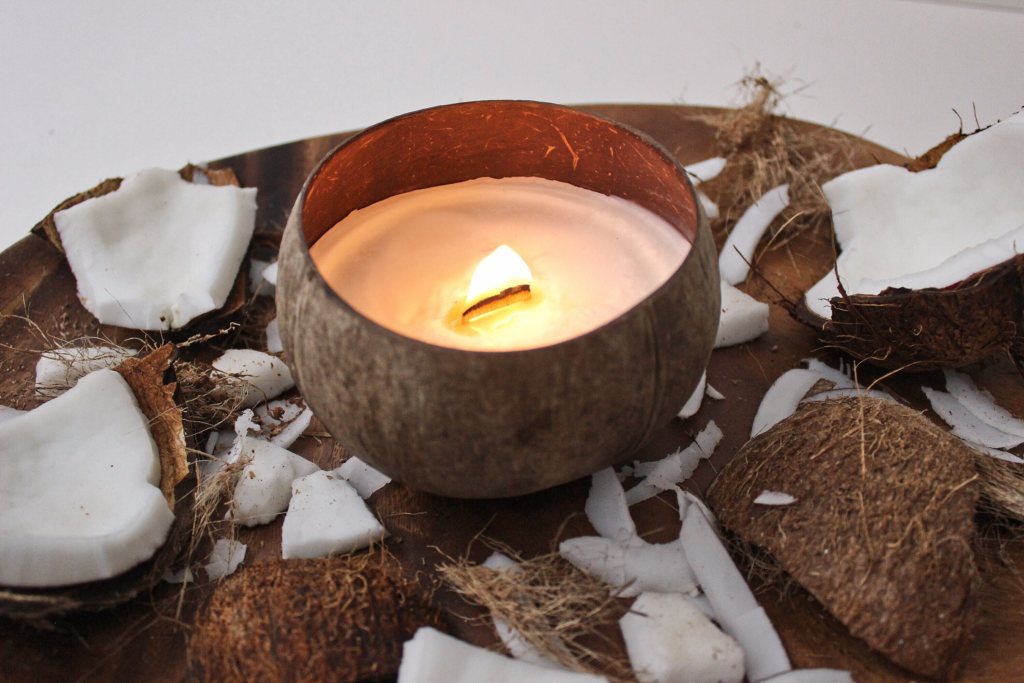
Types of Coconut Wax
Pure Coconut Wax: This type of coconut wax is unblended, comprising 100% coconut wax. It offers the authentic characteristics and natural fragrance of coconut, creating an immersive tropical experience.
Coconut Wax Blends: Blends are created by combining coconut wax with other natural waxes like soy or beeswax. These blends can enhance specific properties, such as scent throw, burn time, or texture, offering a customized candle-making experience.
Potential Drawbacks of Coconut Wax
Cost: Compared to other waxes, coconut wax can be more expensive. The production process and the sourcing of coconuts contribute to the higher price point. While coconut wax may be pricier, consider its benefits and the quality of the final product. Proper sourcing, efficient production methods, and sourcing from reliable suppliers can help manage costs.
Fragrance Limitations: While coconut wax has good fragrance retention, some candle makers may find that it doesn’t hold extremely strong fragrances as effectively as other waxes. However, this can be overcome by using high-quality fragrance oils and experimenting with different scent concentrations. Experiment with different fragrance oils and concentrations to maximize the scent throw. High-quality fragrance oils and proper testing can help achieve the desired fragrance intensity.
Container Limitation: Coconut wax is primarily suitable for container candles due to its soft texture. It may not be the best choice for free-standing or pillar candles, as it may not provide the necessary stability. Focus on using heat-resistant glass jars or containers that provide stability and protection for coconut wax candles. Choose appropriate sizes and shapes that are compatible with the wax’s softer texture.
Heat Sensitivity: Coconut wax has a lower melting point than some other waxes, making it more sensitive to heat. In hotter climates or during transportation in warmer conditions, coconut wax candles may be more prone to melting or losing their shape if not handled with care. Store coconut wax candles in a cool, dry place away from direct sunlight or heat sources. Consider using packaging or shipping methods that provide insulation and protection during transportation.

Tips for Using Coconut Wax
Choosing High-Quality Coconut Wax
Selecting high-quality coconut wax is essential for achieving optimal results. Look for reputable suppliers that offer 100% natural coconut wax without additives. Consider the wax’s melting point, scent throw, and sustainability factors when making your purchase.
Melting and Pouring Coconut Wax
Gentle Heating: Use a double boiler or a dedicated melting pot to melt the coconut wax slowly and gently. Avoid direct heat, as high temperatures can affect the wax’s fragrance and appearance.
Temperature Control: Heat the wax to the manufacturer’s recommended temperature range for melting to maintain its integrity and avoid discoloration or texture issues.
Stirring: Stir the melted wax gently and consistently to ensure any fragrance oils or colorants are evenly distributed.
Scenting Coconut Wax Candles
Fragrance Load: Coconut wax has excellent scent throw, allowing for a higher fragrance load. Experiment with different concentrations to find the right balance for your desired aroma intensity.
Compatible Fragrances: Coconut wax blends well with a wide range of fragrance oils. However, it’s essential to choose oils specifically formulated for coconut wax to ensure optimal scent diffusion and performance.
Wick Selection
Consider Candle Size: Choose a wick size appropriate for the diameter and height of your coconut wax candle. Consult wick manufacturer guidelines or conduct burn tests to determine the ideal wick for your specific candle dimensions.
Testing Different Wicks: If you’re unsure about the right wick size, experiment with a few samples to gauge their burn performance and flame characteristics. This allows you to select the wick that provides an even burn and a steady, controlled flame.
Cooling and Curing
Patience is Key: Allow coconut wax candles ample time to cool and solidify completely before handling or moving them. Rushing this process can lead to uneven surfaces or potential damage to the candle’s appearance.
Curing Time: Coconut wax candles may benefit from a curing period of at least 24 to 48 hours. This allows the fragrance to fully incorporate with the wax, enhancing the scent throw during subsequent burns.
Candle Burning and Safety
First Burn: During the initial burn, allow the coconut wax candle to create a full melt pool across the entire diameter of the container. This prevents tunneling and ensures an even burn in subsequent uses.
Trim the Wick: Before each lighting, trim the wick to approximately ¼ inch to promote a steady flame, minimize soot, and maintain optimal burn performance.
Burn Time: Avoid burning coconut wax candles for extended periods to prevent overheating and potential wax drips. Aim for a burn time of 2-3 hours per session.
Safety Precautions: Always place candles on heat-resistant surfaces, away from drafts and flammable objects. Never leave a burning candle unattended and keep them out of reach of children and pets.
Coconut candle wax offers a unique combination of exceptional scent throw, clean burning, and a sustainable approach to candle making. Whether you choose pure coconut wax or a blend, it provides a luxurious and tropical experience that delights the senses. By understanding its properties, utilizing appropriate techniques, and embracing its natural beauty, you can create stunning coconut wax candles that fill your space with enchanting aromas while supporting a greener planet.
If you’re looking for a reputable company to buy quality candle wax, check out Nature’s Garden Candle Co.
If you are looking for some fun and creative candle making projects, check out some of my other posts. I love working with cement and glass containers and floral/succulent candle projects! They are surprisingly easy to do and make the perfect gift!

